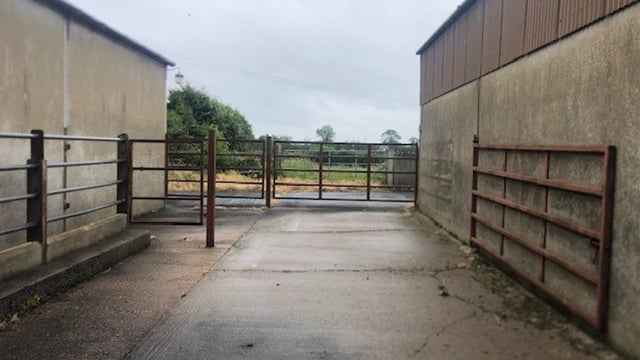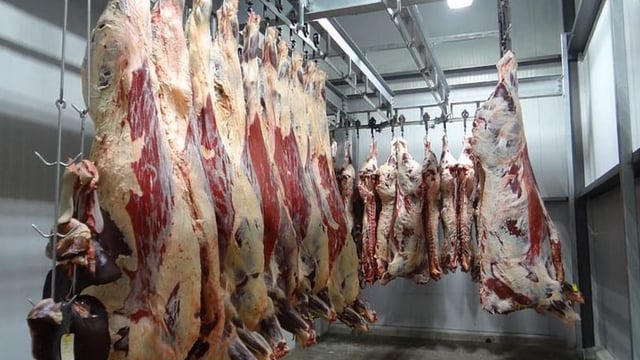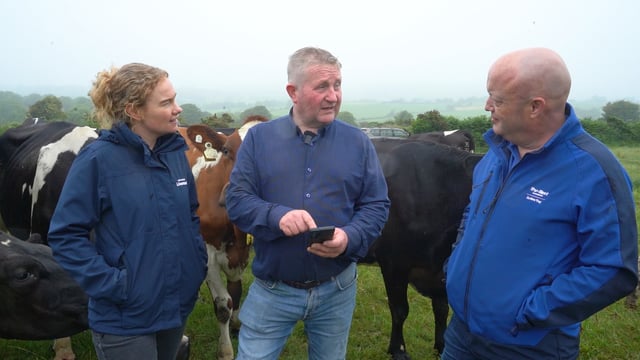Research: 'Early warning system' for fodder crises needed
New research funded by the Environmental Protection Agency (EPA) has looked into the various factors which contribute to fodder crises in Ireland.
'ClimAg: Multifactorial Causes of Fodder Crises in Ireland and Risks due to Climate Change' was research undertaken by lead organisation, University College Cork (UCC).
The study projects decreasing grass growth, especially in the south-east, and identifies risks from the combined effects of drought and heat stress.
To build resilience, the research calls for increasing stored fodder provisions and developing early warning systems.
According to the report, the temperate climate of Ireland favours almost year-round grass growth, which has supported the development of a successful pasture-based farming system.
However, this has been threatened by repeated severe shortfalls in fodder stocks, with resulting impacts on yields, revenues, and animal welfare, the authors stated.
Grass growth may be influenced by a number of factors, including droughts, heat stress and other drivers, which can lead to the emergence of a fodder crisis.
The research identifies the key drivers of historic fodder crises, and investigates whether such events will become more or less frequent or severe under the climatic changes projected for Ireland by the mid-21st century.
This research has created a novel fodder crisis severity index which can be used to gauge the impacts of historic and future events.
Past fodder crisis events have been multifactorial, and in many cases multi-annual, according to the report.
The research has also developed and validated an innovative modelling framework which combines climate change projection datasets with a computer model of grass growth which can be used to determine pasture productivity under future climatic conditions.
The authors said that data is key to supporting better decision making at farm level and informing policy supports at government level.
The modelling framework developed in the research can inform preparedness by being potentially coupled with long-term weather forecasts to create an early warning system for adaptive pasture management.
Measures to increase the resilience of pasture systems against fodder crisis events are recommended in the report.
These include increases in stored fodder provision, and the development of early warning systems.
Earlier closure in autumn may also allow for better growth recovery in spring in order to avoid the emergence of multi-annual events which have been observed several times since 2010, the authors have stated.





